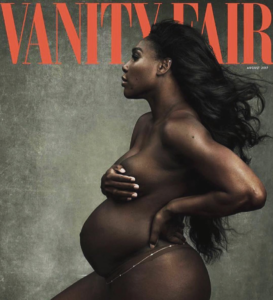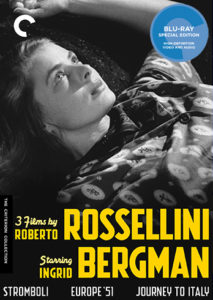The Jewish War on White Australia: The Anti-Defamation Commission and “Click Against Hate,” Part 3 of 4

EXCERPT 3: “I was brought up in a racist country”
Brett Kaye: So somebody asked the question of whether I was brought up in a racist household. The answer is no. But I was brought up in a racist country.
Child: What country’s that?
Brett Kaye: I grew up in South Africa, and let me tell you how it is racist. When I was your age …, I grew up in a political system that was called this…
Child: Apartheid? …
Brett Kaye: You remember me from last year. So, apartheid, made up of two words in a language called Afrikaans which is kinda like Dutch, means separate-ness. And what apartheid meant, realistically, was because I’m a white fella, life for me was good. A-OK. It meant I would live in the best areas of the city, it meant I could go to the beach (other people couldn’t), it meant people who were white went to white schools, Indians went to Indian schools, blacks went to black schools. Whites lived in black… in white neighborhoods, Indians in Indian neighborhoods, blacks in black neighborhoods. When I was at the park there was a park bench that said [banging the table] “White People Only.” Public transport? There was a bus just for white people, a bus just for Indian people, and a bus just for black people.
Child: Isn’t Indian black?
Brett Kaye: Nup. They were considered to be three separate classifications, Hospitals for white people, hospitals just for Indian people, hospitals just for black people. Black people and White people were not allowed to get married, were not allowed to live in the same house. … What it meant was that white kids and black kids and Indian ones would never ever spend time together because they weren’t allowed to be in the same areas. How do you think a White kid your age, a black kid your age would have felt about white people. Think about it. How do you think black kids who lived two hours out, who lived in houses with no electricity, no running water, no power, made their houses out of whatever materials they could find around? How would that black kid feel about white kids?
Child: Spoilt or jealous?
Brett Kaye: That they were spoilt, that they were jealous, and what does jealousy lead to?
Child: Hate?
Brett Kaye: Hate. There was a lot of hate. What do you think a white kid might have felt about a black kid? Yeah…
Child: Maybe they thought that it was unfair and feel sorry.
Brett Kaye: Maybe. Sorry for them. What do you think maybe if I said to my parents “I want to go hang out two hours away in this neighborhood?” What do you think my parents might have said to me?
Child: No
Brett Kaye: Why?
Child: Because they’re a black person?
Brett Kaye: So they wouldn’t have wanted me to hang out with a black kid because it wasn’t the right thing to do. Hang out with black kids. So there was a lot of racial hatred happening.
Kaye gives the misleading impression that White South Africans simply stole all of the housing, electricity, running water and other infrastructure that existed in South Africa and selfishly hoarded it for themselves, rather than being responsible for the creation of these things which never previously existed in southern Africa. For Kaye, apartheid South Africa was “racist” because “Black and White people were not allowed to get married.” Somehow, the prohibition of marriage between Jews and non-Jews in Israel (which is subject to a two-year prison term), the walls of separation between Palestinians and Israelis on the West Bank, and the different legal treatment forPalestinians and Israelis don’t render that state “racist,” but is an indispensable part of the Jewish people’s right to “self-determination.” Read more




 One early evening when we went to the Paramount to go to the movie, there were eight or ten people with picket signs marching back and forth in front of the theater—don’t go to this movie. I didn’t catch on to the details, but I knew it had to do with the actress Ingrid Bergman, who was starring in the movie and very big at the time—Casablanca, etc.—doing something really bad. What it was, I later found out, was she had had an illegitimate child with the film director Roberto Rossellini;
One early evening when we went to the Paramount to go to the movie, there were eight or ten people with picket signs marching back and forth in front of the theater—don’t go to this movie. I didn’t catch on to the details, but I knew it had to do with the actress Ingrid Bergman, who was starring in the movie and very big at the time—Casablanca, etc.—doing something really bad. What it was, I later found out, was she had had an illegitimate child with the film director Roberto Rossellini; 



